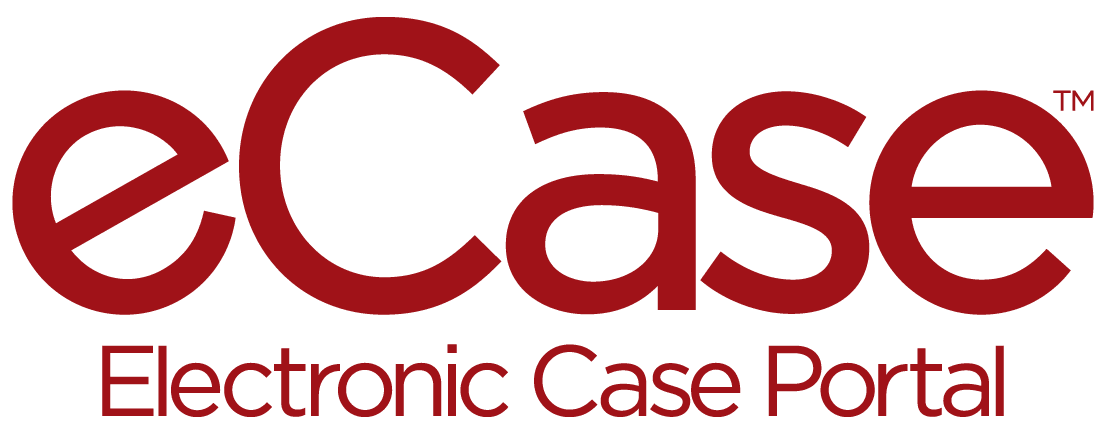What Are Policy Limits and How Can They Affect Your PI Claim?

Is the at-fault party’s insurer obligated to assume financial responsibility for all the losses sustained by the victim? Read this article to find the answer and learn how it may affect your PI claim.
One reason a person may be reluctant to pursue a personal injury claim following an accident is a misconception that the party who caused the mishap will have to cover the compensation cost out of their own pocket. After all, most of us would rather avoid sending our neighbor into financial ruin, even if we sustained some injuries or property damage due to said neighbor’s negligent behavior. Thankfully, in such situations, our neighbor’s financial stability is the last thing we need to worry about. In most cases, financial compensation for our losses in a personal injury claim comes from the at-fault party’s insurance company rather than their private assets.
While this arrangement offers a measure of protection to both parties, it is not without a catch. While an insurance company is obligated to compensate the injured party for their losses – including medical expenses and lost wages – in most circumstances, the amount for which the insurer will assume responsibility will be limited by the at-fault party’s insurance policy limits. In this article, we will explain how policy limits work and explore the ways an injured person may be able to collect so-called excess damages.
Policy Limits Explained
Put simply, policy limits are caps on the amount of compensation an insurance company is willing to pay out to the victim in an accident. These limits are agreed upon at the time the policy is purchased. Usually, a lower monthly cost corresponds to lower policy limits. These limits then are not related to a victim’s actual financial losses in any given accident. For example, as discussed in one of our previous blogs, the minimum policy limits of a driver’s car accident liability insurance required in the state of New Mexico are as follows:
- $25,000 for injury or death of one person
- $50,000 for total injury or death if multiple people are hurt in the accident.
- $10,000 for property damage.
How policy limits are applied can be explained by the following example. Let’s imagine a scenario in which one car was T-boned by another because a driver ran a red light on an intersection. The motorist in the damaged car suffered multiple and serious injuries such as multiple broken bones as well as injuries to the head and spine. The injuries required multiple surgeries, an extended hospital stay and a long rehabilitation period. Consequently, the total cost of related medical expenses amounted to $150,000. However, the driver who caused the accident had only basic insurance with the minimum limit policy required by law – that is, $25,000. Even though the victim suffered catastrophic injuries and incurred extremely high medical bills, the insurance company is under no obligation to compensate the injured party above its client’s insurance limits.
How to Collect Excess Damages
Excess damages refer to a victim’s financial losses that weren’t covered by the compensation paid out by the at-fault party’s insurance company due to policy limits. While collecting excess damages may not always be possible, some of the ways a plaintiff may try to pursue additional financial compensation include:
- pursuing a lawsuit against additional defendants
- pursuing excess damages under the at-fault party’s additional policies called umbrella policies
- trying to collect damages directly from a defendant’s personal assets through a lawsuit
Trying to collect excess damages by any of the method mentioned above is complicated and requires a thorough knowledge of both the insurance industry and the pertinent personal injury laws. An accident victim whose medical expenses and other financial losses greatly exceed the compensation amount proposed by the at-fault party’s insurer would do well to consult with an experienced personal injury lawyer regarding their situation.
Why Choose Ron Bell Injury Lawyers?
We Get Results!
